Introduction
Spring is an eagerly anticipated season for gardeners, marking the end of winter's dormancy and the arrival of vibrant blooms. It's a time of rejuvenation and growth in gardens everywhere. As plants emerge from their winter slumber, they bring with them a promise of blossoms and bountiful harvests. However, springtime is not without its challenges. Among these, late spring frost poses a significant threat to budding plants and trees, potentially causing severe damage. This blog post aims to equip you with practical and effective strategies to protect your plants from the detrimental effects of spring frost.

Understanding Spring Frost
What is Spring Frost?
Spring frost occurs when temperatures drop below freezing point during the spring months. This meteorological phenomenon usually takes place during clear nights when heat escapes the earth's surface more rapidly than it is absorbed. As a result, temperatures plummet, and frost forms, posing a threat to garden plants, especially those not yet accustomed to fluctuating temperatures.
Several factors contribute to the occurrence of frost in spring. Geographic location plays a significant role; regions with higher altitudes or those nearer to the poles are more susceptible to frost. Additionally, weather patterns such as cold fronts and high atmospheric pressure contribute to these chilly conditions. Understanding these dynamics can help gardeners anticipate frost events.
The Effect of Frost on Plants
Frost can inflict damage on a variety of plants, particularly young seedlings and blossoming flowers. When frost forms on plant surfaces, it disrupts cellular structure, leading to the bursting of cells. This process often results in wilting, blackened foliage, and, in severe cases, plant death. Different plants exhibit varying levels of frost tolerance, but most show distress when temperatures dip below freezing, particularly during growth phases.
Preparation Before the Risk of Frost
Choose Frost-Resistant Varieties
A proactive way to mitigate frost damage is by selecting plant varieties known for their resilience to cold snaps. At Plantology, we offer a range of hardy plants that can better withstand lower temperatures. For instance, the Blue Agave and Caribbean Agave are noteworthy for their robust nature against frost and cold weather.

Space Behavior and Microclimates
Create a garden layout that includes frost protection. Placing sensitive plants near structures or walls can create microclimates that trap heat and buffer against freezing temperatures. Additionally, consider garden structures like raised beds, which can avoid cold air settling on your growing plants. Utilizing Plantology’s selection of decorative pots and planters can also allow you to rearrange plants more flexibly in response to weather forecasts.
Tactical Covering Techniques
Row Covers and Blankets
Row covers are an effective method for insulating plants from frost. These covers can be made from materials such as polypropylene or polyester fleece. They create a protective layer over plants, trapping heat that radiates from the soil to maintain a warmer microenvironment around your plants.
Using Cloche and Greenhouses
For individual plants or small groupings, cloches—small, portable greenhouses—can provide excellent protection. These structures are placed over plants during frosty nights to preserve warmth. If you are a more committed gardener, investing in a more substantial greenhouse might be worthwhile. It ensures a safer environment for sensitive plants like our exquisite Adonidia Palm Single.
Adopting Advanced Techniques
Watering Practices
Watering plants before an expected frost event creates a buffer against extreme temperature changes. Moist soil can retain more heat than dry soil, offering a degree of warmth at ground level. Be cautious not to overly saturate, as excess water can harm plants and create breeding grounds for fungi and disease.

Utilizing Mulch as Insulation
Applying mulch around the base of plants acts as a natural insulator. It helps retain heat and moisture in the soil, contributing to a more stable root temperature during frost events. Organic mulches such as straw, leaves, or wood chips are ideal for providing necessary protection while enriching the soil with nutrients as they decompose.
Tech-Based Solutions
Frost Setting on Irrigation Systems
Installing automated irrigation systems with frost settings can ensure timely watering when temperatures drop. These systems detect temperature changes and activate spray or drip lines, preventing frost damage by maintaining optimal soil moisture levels.
Monitoring Tools and Forecast Alerts
Stay ahead of frost by equipping yourself with reliable garden monitoring tools. Devices such as soil thermometers and wireless frost detectors provide real-time data on temperature changes and soil conditions. Combined with smartphone alerts and weather apps, these tools enable you to respond promptly to upcoming frost threats for proactive plant protection.
Post-Frost Care
Assessing and Pruning Damaged Plants
Post-frost, assess plants for signs of damage, such as wilting or discoloration. Prune any dead or damaged foliage carefully, using a clean, sharp tool to make cuts just above a healthy bud. This encourages new growth and prevents disease from spreading to healthy sections of the plant.

Providing Nutrients for Recovery
Boosting your plants' recovery involves supplying them with the proper nutrients. Implement fertilization strategies appropriate for the affected plant species, focusing on balanced nutrient mixes with nitrogen, phosphorus, and potassium. If you're unsure about the best fertilizers, consider consulting with Plantology's gardening experts to select optimal products tailored to your needs.
Conclusion: Stay Prepared and Thrive
Protecting your garden from spring frost may seem daunting, but with the right strategies, you can ensure your plants not only survive but thrive throughout the season. Equip yourself with knowledge, utilize the techniques discussed, and consider integrating Plantology's diverse plant selection for the most resilient and stunning garden possible.
Explore our website to find a range of high-quality plants suited for your local climate, or get personalized assistance from our knowledgeable team. Start preparing now, and let your garden flourish come spring!








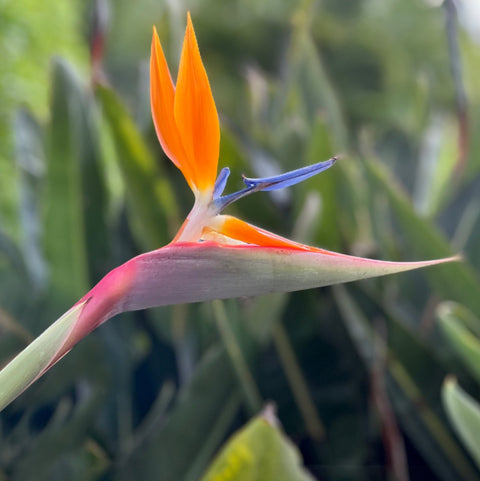

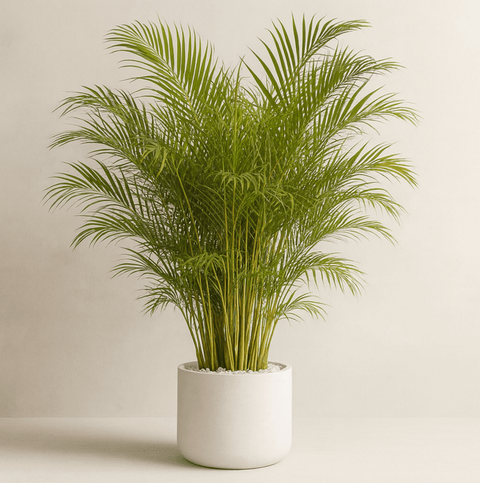






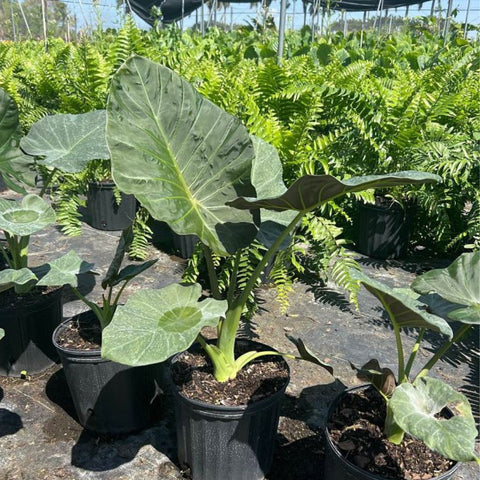
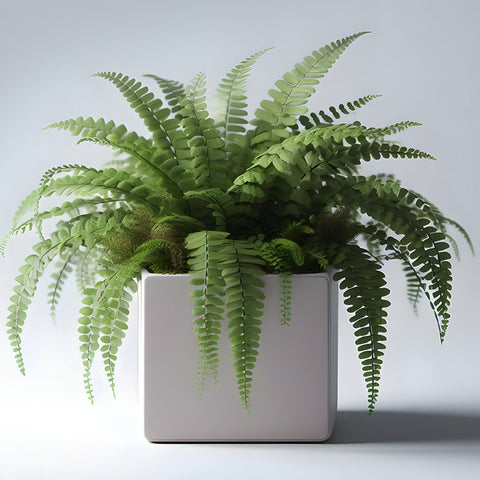




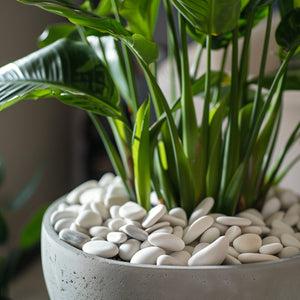

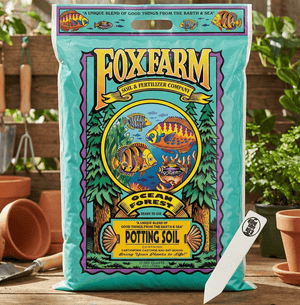




Comments (0)
There are no comments for this article. Be the first one to leave a message!